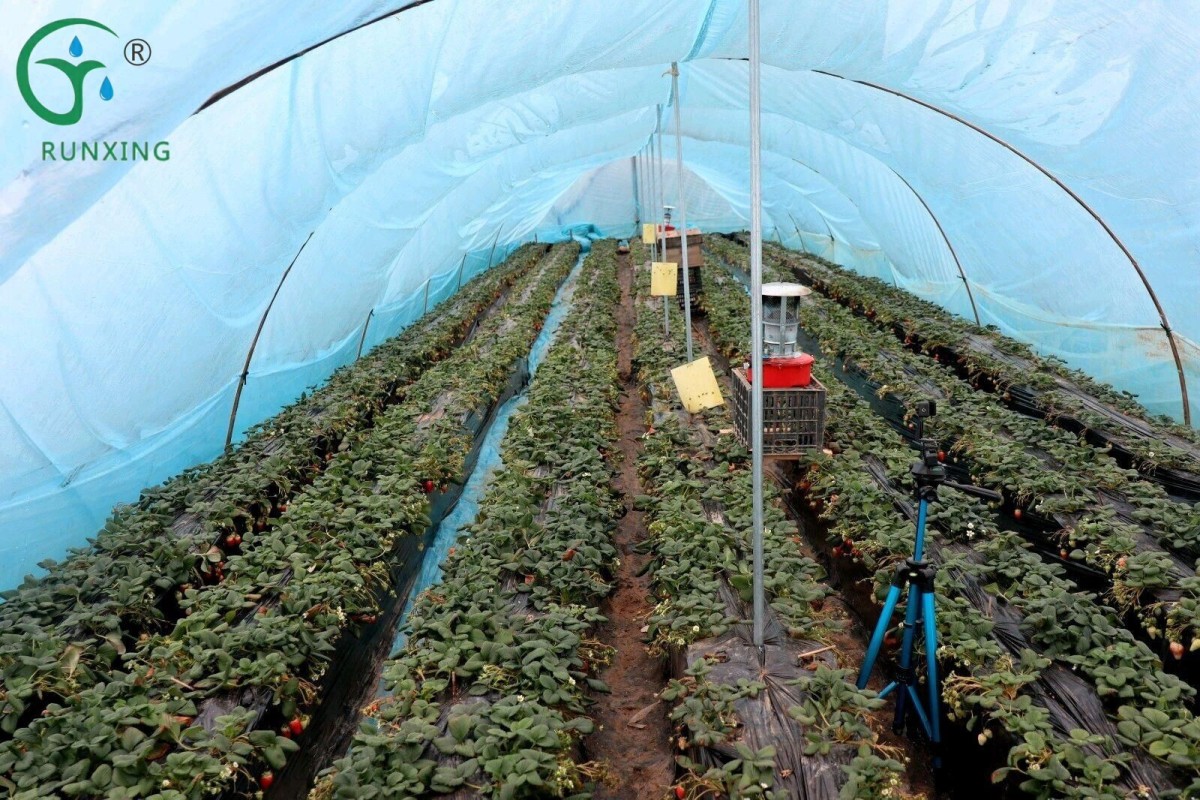Strawberry Farming In the Americas
Strawberry farming in South America harbors immense financial prospects. Strawberry cultivation, especially in South America, currently stands at the forefront of this lucrative endeavor. It's the opportune moment to sow the seeds and reap the rewards. And the rationale is compelling: There exists a ready market for ripe strawberries throughout the American continent, with demand vastly exceeding supply.
The fruits of the strawberry (Fragaria spp.), cherished for their vivid red color, alluring aroma, sweetness, and juicy consistency, are grown for their enticing attributes. These fruits can be enjoyed raw or incorporated into cooked creations, like pies or preserves. Although some farmers have been reluctant to embark on strawberry farming, perceiving the industry as still in its infancy, those pondering this venture are urged to proceed, considering the substantial financial returns that strawberry farming in South America guarantees.

Strawberry Farming In America
Step 1: Get Started
Strawberry farming in South America requires land. 1/8 of an acre is sufficient for beginners, but if you reside in an urban area, you can commence farming in containers. Once you secure land with adequate water supply, procure seedlings. The “Chandelier Strawberry” variety is well-suited to the climate of South America.
Step 2: Land Preparation and Planting
Eliminate weeds and loosen the soil. Subsequently, enrich it with manure (from rabbits, sheep, goats, or cows) and ash to nourish your crop. Plant strawberry seedlings at a spacing of 30cm apart. Maintain a distance of 50cm between agricultural plots.
Step 3: Market Research
The crop reaches maturity and bears fruit within 70 days. Given that the fruits are perishable (remaining fresh for 4-5 days post-harvest), it's advisable to secure a market early to prevent losses. In urban markets, fresh produce vendors are highly sought-after. Establishing connections with major grocery retailers, organic food chains, and supermarket networks can broaden your market reach. Invest in suitable packaging and obtain certification from the relevant regulatory body in your country.
Step 4: Harvest and Sell the Produce
A 1/8th acre may yield 30-50kg of strawberries per week, with each kilogram fetching an average price. If your small farm produces 50kg per week, you can potentially generate a significant income using just a small portion of your land. Investing in aquaponics can triple your farm's production, enabling you to achieve substantial monthly earnings from just 1/8 of an acre. Within six months of initiating your farm, you could recover your initial investment.
Irrigating Strawberries
Sprinklers and drip irrigation are the two most prevalent methods for watering strawberries. Drip irrigation is the optimal choice for nourishing these shallow-rooted plants as it delivers water directly to them. Provide each plant with approximately an inch (16 ml) of water daily during its early stages and increase to 2.5 inches (40 ml) per day as it approaches the production phase. The large pivot irrigation systems employed in row crop fields differ from the overhead sprinklers utilized in strawberry fields. Strawberry sprinklers consist of vertical pipes that extend 2 to 3 feet above the ground. At the tops of these risers, sprinkler heads disperse water in a wide circular pattern.
The use of micro-sprinklers can help mitigate the presence of mites. Fertigation, a straightforward and efficient method of applying fertilizer to plants, can be accomplished through drip irrigation. RainStarAmericas offers and installs fertigation systems for strawberry farmers in both open fields and greenhouses across the continent. If you are interested in growing strawberries in South America, we provide the irrigation systems you require.
If you have any needs, please contact us.
About Us
We are dedicated to offering innovative, water-saving, and labor-saving irrigation solutions for agriculture worldwide. Our focus on quality and continuous innovation drives the development and progress of the industry
LOGO
This stunning beach house property is a true oasis, nestled in a serene coastal community with direct access to the beach.
Opening Hours
Monday - Friday : 9AM to 5PM
Sunday: Closed
Closed during holidays
Contact
+18888888888
hezuo@eyingbao.com123 West Street, Melbourne Victoria 3000 Australia
